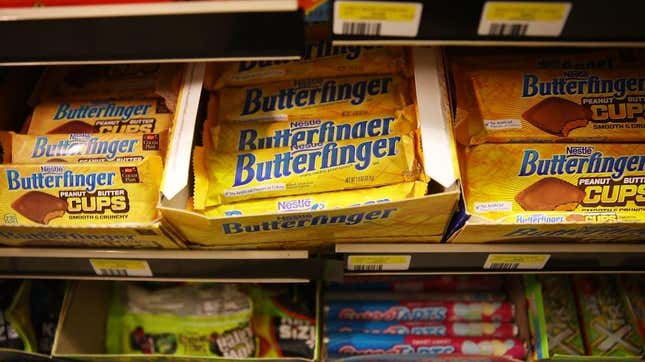
I admire people who can make a fuss. Never in a million years would it be me. I’m too dyed-in-the-wool Midwestern to ever cause a scene—for me, it is embarrassing and untoward. This is especially true when it comes to fast food. If something is wrong, I’m not going to confront the teenager working the drive-thru window. If the candy bar I bought at a gas station tastes different than usual, I’m not going to tag the brand on Twitter and demand a refund. I’ll grit my teeth, say thank you with a smile, and never forgive you.
What I’m trying to say is that while I don’t have empathy for the people who respond with an uproar, I do have sympathy. We are creatures of habit. When things change, we tend to freak out. And to people who are passionate about something niche, like a food fandom, a small change can feel like a betrayal.
One clear benefit of fast food is its consistency. The Whopper you pick up in the Burger King drive-thru in your minivan after your soul-crushing work shift is the same Whopper my chauffeur orders and drives up to my palatial and heavily guarded estate.
That consistency has a lot of value. In a world we can’t really control, the continuity of a McDonald’s menu is a mirage of asserted control. So when a famous restaurant decides that it will be changing a recipe, it takes that control away.
There are many reasons a company might alter its beloved recipe: evolving attitudes about public health, economic issues like rising food prices, and plain old market-driven “innovation,” to name a few. Here are some examples of when mass-produced food experienced a change in recipe, and the righteous anger from fans that followed.







